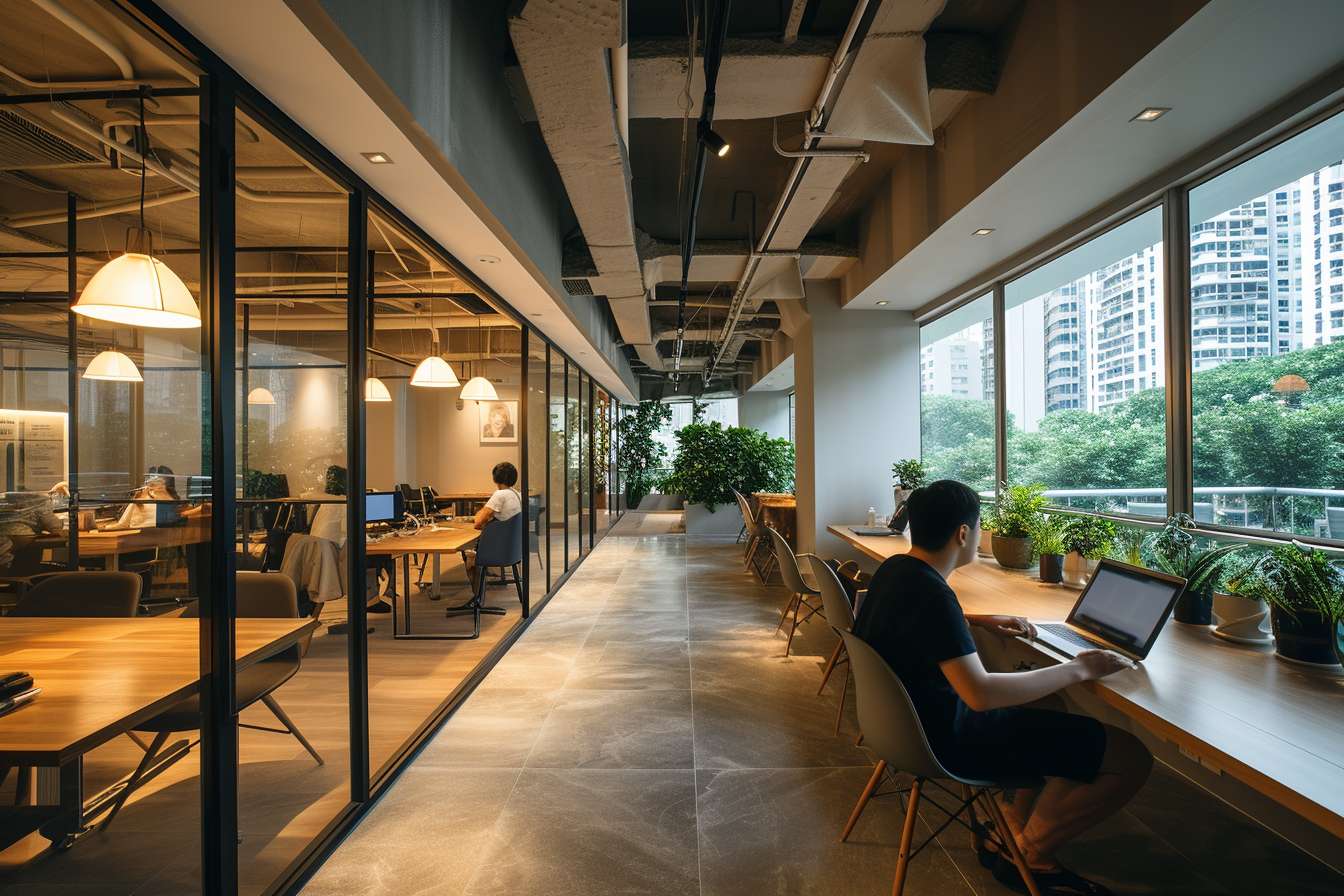Garden Office: Designing a Functional Remote Work Space
A garden office can transform how you work from home by placing a dedicated workspace close to the house while keeping living areas separate. Beyond aesthetics, a well-designed garden office shed supports daily routines, offers privacy, and reduces home distractions. This article covers design choices, technical needs, and practical tips to help you assess whether a garden office fits your remote work setup.

garden office shed: design and practical features
A garden office shed is more than a small building; it’s a compact workplace that balances comfort, durability, and local planning rules. Key design decisions include footprint, roof type, and materials—timber or composite cladding are common for gardens because they blend with landscaping. Insulation for walls, roof, and floor is essential to maintain a consistent temperature year-round. Consider glazing placement to maximise natural light without causing glare on screens, and include ventilation options like opening windows or passive vents. Weatherproofing, a solid foundation, and pest prevention will extend the lifespan of the shed and reduce maintenance.
remote work: connectivity and technical setup
For remote work, reliable connectivity and power are non-negotiable. Plan for a wired Ethernet connection or a high-quality Wi‑Fi access point located inside the garden office to reduce latency and improve video calls. Ensure sufficient electrical capacity with grounded outlets and, where needed, a dedicated consumer unit or RCD-protected circuits for safety. Think about backup power options and surge protection for sensitive equipment. Cable routing should follow local electrical codes and may require a qualified electrician. Adequate lighting—task lights for desks and ambient lighting for video calls—also supports a professional remote work environment.
home office: advantages over an indoor setup
A garden office can offer clearer separation between work and home life than a conventional home office. Being outside the main house reduces interruptions from household activities and helps define work hours physically and mentally. This separation can make it easier to switch off at the end of the day and to manage work-related items without encroaching on living spaces. For households where interior space is limited, a garden office provides the dedicated storage and layout flexibility of a small office without sacrificing communal rooms.
workspace: layout, ergonomics, and storage
Design the workspace layout around tasks and ergonomics. Choose an adjustable-height desk and an ergonomic chair to support posture during long workdays. Position monitors to keep the top of the screen at eye level and at arm’s length to reduce neck strain. Allocate specific zones for focused work, meetings, and storage—closed shelving or lockable cabinets help keep the workspace tidy and secure. Acoustic treatments like rugs, curtains, or wall panels reduce echo, improving audio quality for calls. Consider multi-functional furniture that offers storage without crowding the room, and plan cable management to keep the area uncluttered and safe.
productivity: routines and environment strategies
A garden office supports productivity when combined with consistent routines and an intentional environment. Morning rituals—coffee, a short walk, or organising a task list—signal the start of the workday. Set core hours for focused work and schedule breaks to prevent fatigue; a nearby garden offers quick access to fresh air, which can boost concentration. Personalise the space with plants or natural materials to improve mood without introducing distractions. Use light control and temperature settings to match seasonal needs; thermal insulation and window coverings can maintain comfort and sustain productivity throughout the year.
Conclusion
A garden office offers a practical alternative to traditional home-based work by creating a separate, purpose-built workspace that addresses privacy, ergonomics, and technical needs. Careful planning around insulation, connectivity, and layout helps deliver a functional environment that supports remote work routines and long-term productivity. Before building, check local services and any planning or building regulations in your area, evaluate foundations and utilities, and consider consulting professionals for electrical and structural work. With thoughtful design, a garden office can become a stable, comfortable workspace that complements both professional demands and home life.






